Illustration for geometry problem.
According to the South China Morning Post, mathematician Hong Wang – currently an associate professor at the Courant Institute for Mathematical Sciences of New York University (USA) – and his colleague Joshua Zahl (University of British Columbia, Canada) have just solved one of the most difficult geometry problems of the 20th - 21st centuries: the Kakeya Conjecture in three-dimensional space.
Hong Wang was born in Guilin City (China), studied at Peking University before teaching and researching in the United States.
The problem originated in 1917, when Japanese mathematician Sōichi Kakeya asked the question "What is the smallest area required to rotate a needle 180 degrees? That minimal space is called the "Kakeya set".
In two-dimensional space, rotating the needle to form a circle is easy to visualize, but if the rotation is more flexible, such as wiggling the needle while rotating, the area the needle sweeps can be even smaller.

Scientists find solution to geometry problem that lasted more than a century.
Moving the problem into three dimensions makes it much more complicated. Kakeya’s conjecture says that if you want to rotate the needle in all directions, the space needed must be large enough in all three dimensions – you can’t squeeze it into a space that’s too small or too thin.
In a paper recently published on the arXiv platform, Wang and Zahl demonstrate that in three-dimensional space, the region in which the needle rotates does not need to have a clear shape, but must still be large enough in all three dimensions. Thanks to that, they solved this problem - this is considered a very important discovery in mathematics today.
Professor Terence Tao – one of the world’s leading mathematicians, called this “a spectacular advance”. Experts also said that the work not only expands the understanding of geometry but can also impact many fields such as image processing, wireless communications, computer science and cryptography – where understanding movements and interactions in space is extremely important.
"Not to exaggerate, but this is a rare solution that we have waited hundreds of years for to appear," said Professor of Mathematics Nets Katz, who teaches at Rice University (USA).
According to Professor Larry Guth, a lecturer at the Massachusetts Institute of Technology (USA), the Kakeya hypothesis is the foundation of a "tower" of larger hypotheses in the field of geometry. Solving this hypothesis will help the higher floors of the knowledge tower have the opportunity to be approached and conquered.
"I used to think this was a simple, basic geometry problem, but in reality, this problem is too difficult. This problem has been pursued by many big names in mathematics, but most of them only achieved small results, were not systematic and could not be considered a complete solution," Professor Guth Larry shared.
Source: https://vtcnews.vn/gioi-khoa-hoc-tim-ra-loi-giai-bai-toan-geometry-kinh-dien-keo-dai-hon-mot-the-ky-ar939485.html


![[Photo] General Secretary To Lam arrives in Minsk, begins state visit to Belarus](https://vphoto.vietnam.vn/thumb/1200x675/vietnam/resource/IMAGE/2025/5/11/76602f587468437f8b5b7104495f444d)
![[Photo] General Secretary To Lam meets and expresses gratitude to Vietnam's Belarusian friends](https://vphoto.vietnam.vn/thumb/1200x675/vietnam/resource/IMAGE/2025/5/11/c515ee2054c54a87aa8a7cb520f2fa6e)



![[Photo] General Secretary To Lam concludes visit to Russia, departs for Belarus](https://vphoto.vietnam.vn/thumb/1200x675/vietnam/resource/IMAGE/2025/5/11/0acf1081a95e4b1d9886c67fdafd95ed)
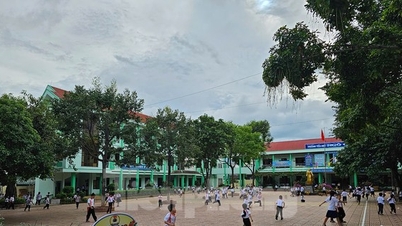



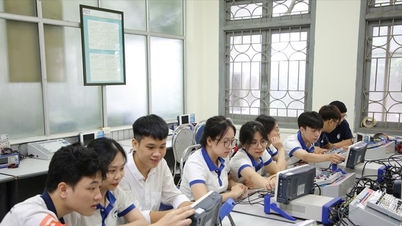








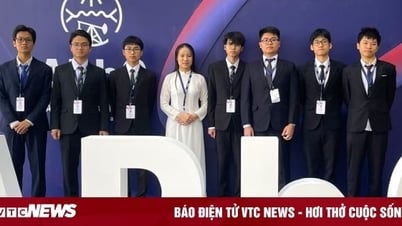

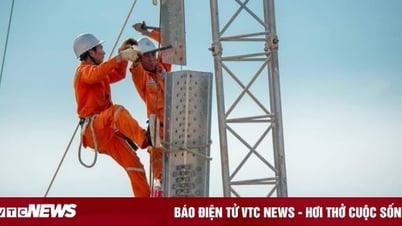
![[Photo] National Assembly Chairman Tran Thanh Man attends the Party Congress of the Committee for Culture and Social Affairs](https://vphoto.vietnam.vn/thumb/1200x675/vietnam/resource/IMAGE/2025/5/11/f5ed02beb9404bca998a08b34ef255a6)


































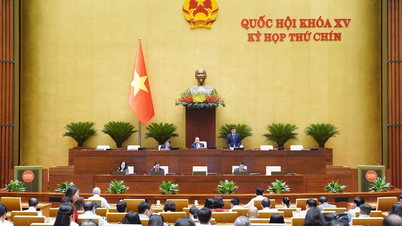













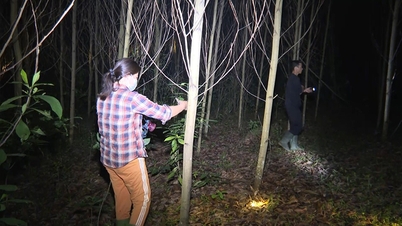















Comment (0)